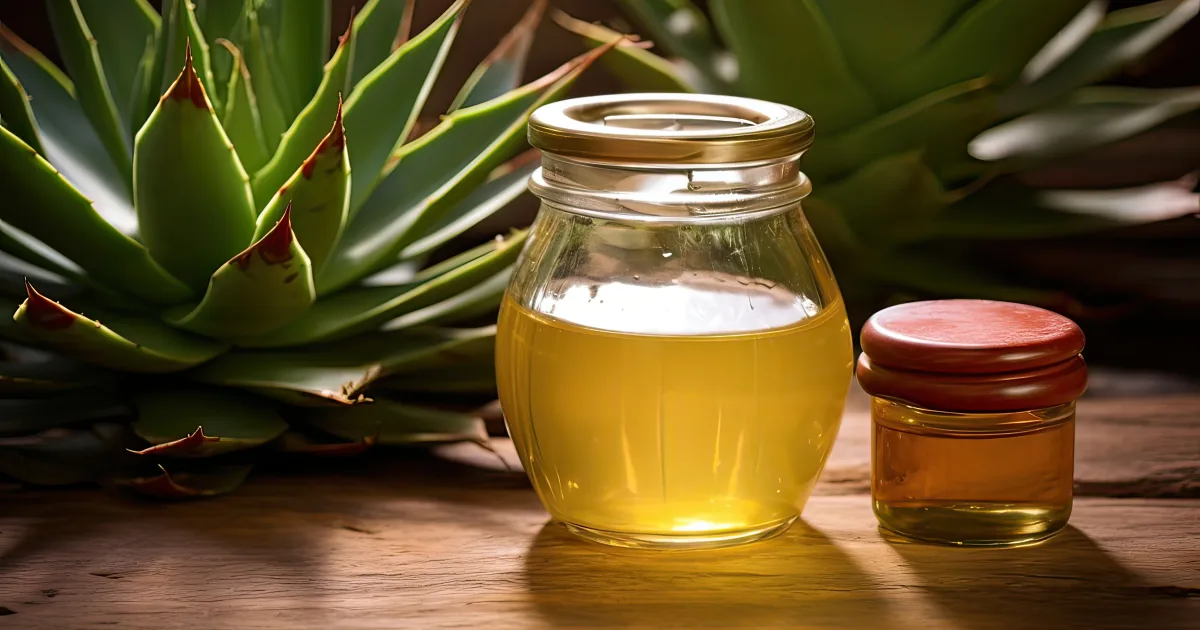Often touted as a natural sweetener, agave syrup (or agave nectar) has gained popularity as an alternative to sugar and honey. Derived from the sap of the agave plant—primarily the Agave tequilana species used in tequila production—this sweet syrup has a low glycemic index and a mild, neutral taste. But is it truly a healthier choice?
Let’s explore its nutritional profile, benefits, and potential drawbacks.
What is Agave Syrup?
Agave syrup is a liquid sweetener made by extracting and processing the sap from the core of the agave plant, native to Mexico. The sap is filtered, heated, and concentrated into a syrup that’s sweeter than sugar but with a thinner consistency, similar to honey.
Types of Agave Syrup
- Light agave – Mild flavor, highly refined.
- Amber agave – Caramel-like taste, less processed.
- Raw/dark agave – Least processed, stronger flavor.
Nutritional Profile of Agave Syrup
(Per 1 tablespoon/20g serving)
- Calories: 60
- Carbohydrates: 16g
- Sugars: 15-16g (primarily fructose)
- Fat: 0g
- Protein: 0g
- Glycemic Index (GI): 15-30 (low)
Compared to sugar (GI 60-65) and honey (GI 58), agave has a much lower GI, meaning it causes a slower rise in blood sugar.
Potential Health Benefits of Agave Syrup
1. Low Glycemic Impact
✔ Better for blood sugar control – Ideal for diabetics (in moderation) due to its low GI.
✔ Does not cause rapid insulin spikes – Unlike table sugar or high-fructose corn syrup.
2. Vegan-Friendly Sweetener
✔ Great honey substitute – Perfect for plant-based diets.
3. Contains Small Amounts of Nutrients
✔ Trace minerals – Includes calcium, potassium, magnesium, and iron.
✔ Inulin (prebiotic fiber) – Supports gut health in raw/unprocessed forms.
4. Easily Dissolves in Liquids
✔ Perfect for cold drinks – Unlike sugar, it blends smoothly in iced tea, smoothies, or cocktails.
Controversies & Downsides of Agave Syrup
1. High in Fructose (Up to 85%)
❌ May contribute to fatty liver disease – Excess fructose is metabolized in the liver, similar to high-fructose corn syrup.
❌ Linked to insulin resistance – Overconsumption can worsen metabolic health.
2. Highly Processed
❌ Most commercial agave is refined – Loses beneficial compounds during processing.
❌ Not as “natural” as marketed – Often stripped of fiber and nutrients.
3. Caloric & Sweetness Factor
❌ Still high in calories – Just like sugar, it should be used sparingly.
❌ Easily overconsumed – Its mild taste can lead to excessive use.
Agave vs. Other Sweeteners
| Sweetener | Glycemic Index | Fructose Content | Best Uses |
|---|---|---|---|
| Agave syrup | 15-30 | 70-85% | Beverages, baking, dressings |
| Honey | 58 | ~50% | Teas, marinades, natural remedies |
| Maple syrup | 54 | ~35% | Pancakes, oatmeal, desserts |
| Table sugar | 60-65 | 50% | General cooking, baking |
How to Use Agave Syrup
- Sweetening drinks (iced coffee, lemonade, cocktails)
- Vegan baking (replaces honey in recipes)
- Salad dressings & sauces (balances acidity)
- Drizzling over yogurt or oatmeal
💡 Tip: Use sparingly—replace sugar with ⅔ the amount of agave in recipes.
Who Should Avoid Agave Syrup?
⚠ People with fructose intolerance – Can cause bloating or digestive issues.
⚠ Those with metabolic syndrome or fatty liver disease – High fructose may worsen conditions.
⚠ Weight-watchers – Still calorie-dense; moderation is key.
Is Agave Syrup Healthy?
Agave syrup is not a “health food” but can be a better occasional alternative to sugar due to its low GI. However, its high fructose content means it should be used in moderation, especially for those with insulin resistance or liver concerns.

For a healthier choice: Opt for raw, organic agave or consider alternatives like monk fruit or stevia for zero-calorie sweetness.
Have you tried agave syrup? What’s your favorite way to use it?
Share below! 🍯
Want more sweetener comparisons? Let me know which ones to analyze next!

